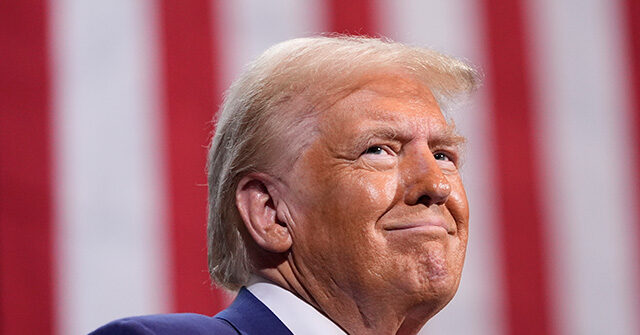In the lead-up to the upcoming elections, Democrat Senate candidates in pivotal swing states are prioritizing outreach to Trump voters, a strategy that signals potential vulnerabilities in their campaigns and highlights concerns regarding Vice President Kamala Harris’s standing in these regions. Key candidates such as Rep. Elissa Slotkin from Michigan, Senator Bob Casey from Pennsylvania, and Senator Tammy Baldwin from Wisconsin have all embraced messaging that aligns with Trump’s policies, reflecting a desperate attempt to bridge gaps with a crucial voter base. As these candidates seek to bolster their chances, their actions underscore a significant apprehension about the Democratic ticket’s overall appeal, particularly Harris’s role at the helm.
Candidate Slotkin has been vocal in calling for support from independent voters and Trump backers alike, citing Michigan’s historical tendency for split-ticket voting as she faces a challenging race against Republican Mike Rogers. She emphasizes her bipartisan credentials, drawing on her past CIA service during the Bush administration, although some critics dismiss this portrayal. Slotkin has openly expressed concerns about Harris’s declining popularity in Michigan, noting that Harris’s initial post-Democratic National Convention boost was short-lived and followed by troubling poll numbers indicating that Harris was “underwater” in the state.
In Pennsylvania, Senator Casey is notably avoiding direct references to Harris in his campaign efforts. His recent advertisement features an image of Trump in the Oval Office, applauding military trade initiatives. This strategy aims to capitalize on Harris’s decreasing approval ratings while simultaneously attempting to appeal to undecided voters. Polls have demonstrated an increasingly competitive race in the state, with a recent Rasmussen poll indicating Trump holds a slight lead over Harris, leading to a precarious position for Casey, who had previously enjoyed a comfortable advantage.
Wisconsin presents another challenging landscape for Democrats, where the race has become unexpectedly tight due to a rise in support for Republican challenger Eric Hovde. The Cook Political Report has shifted its assessment of the Wisconsin Senate race from a “lean Democrat” stance to a “toss-up,” raising alarms among Democrats. Baldwin’s campaign, mirroring her counterparts, released advertisements that highlight her alignment with Trump’s trade policy initiatives. This approach suggests a shift in strategy, reflecting attempts to engage blue-collar workers who have been receptive to Trump’s economic messaging.
The shifting dynamics in these key states are indicative of broader Electoral College implications, especially concerning Trump’s potential to reclaim the presidency. Polling suggests Trump is currently in a stronger position than he was in both the 2016 and 2020 elections, further prompting Democrat candidates to adopt messaging reflecting Trump’s policies as a means of boosting their electoral viability. This tactic poses unique challenges, as Democrats must navigate the difficulty of persuading voters to abandon not only their political party but also the policies championed by their Democratic representatives.
Amid growing concerns for the Democratic Party’s performance in these swing states, candidates Slotkin, Casey, and Baldwin’s alignment with Trump’s policies speaks volumes about their own confidence in the national Democratic ticket. The increasing focus on appealing to Trump voters reflects a critical, yet uncertain electoral strategy as the race looms closer, suggesting that if Democratic candidates do not succeed in solidifying their support, Trump’s re-emergence in American politics will be more than a looming threat—it could very well be a reality. The outcome of these races will likely have significant implications not only for the Senate but also for future legislative agendas and party dynamics heading into the upcoming administration.

